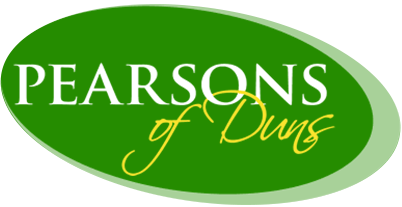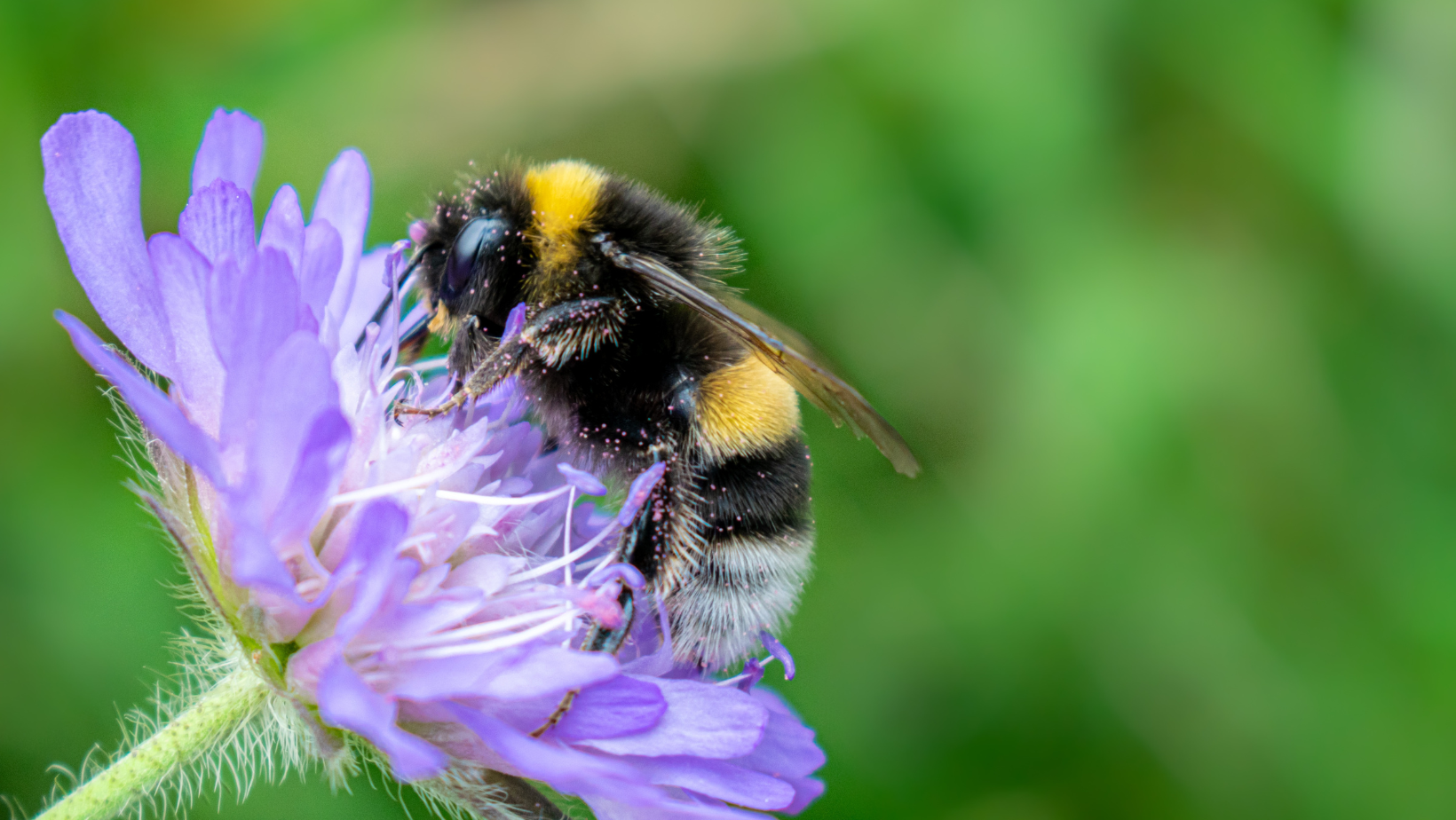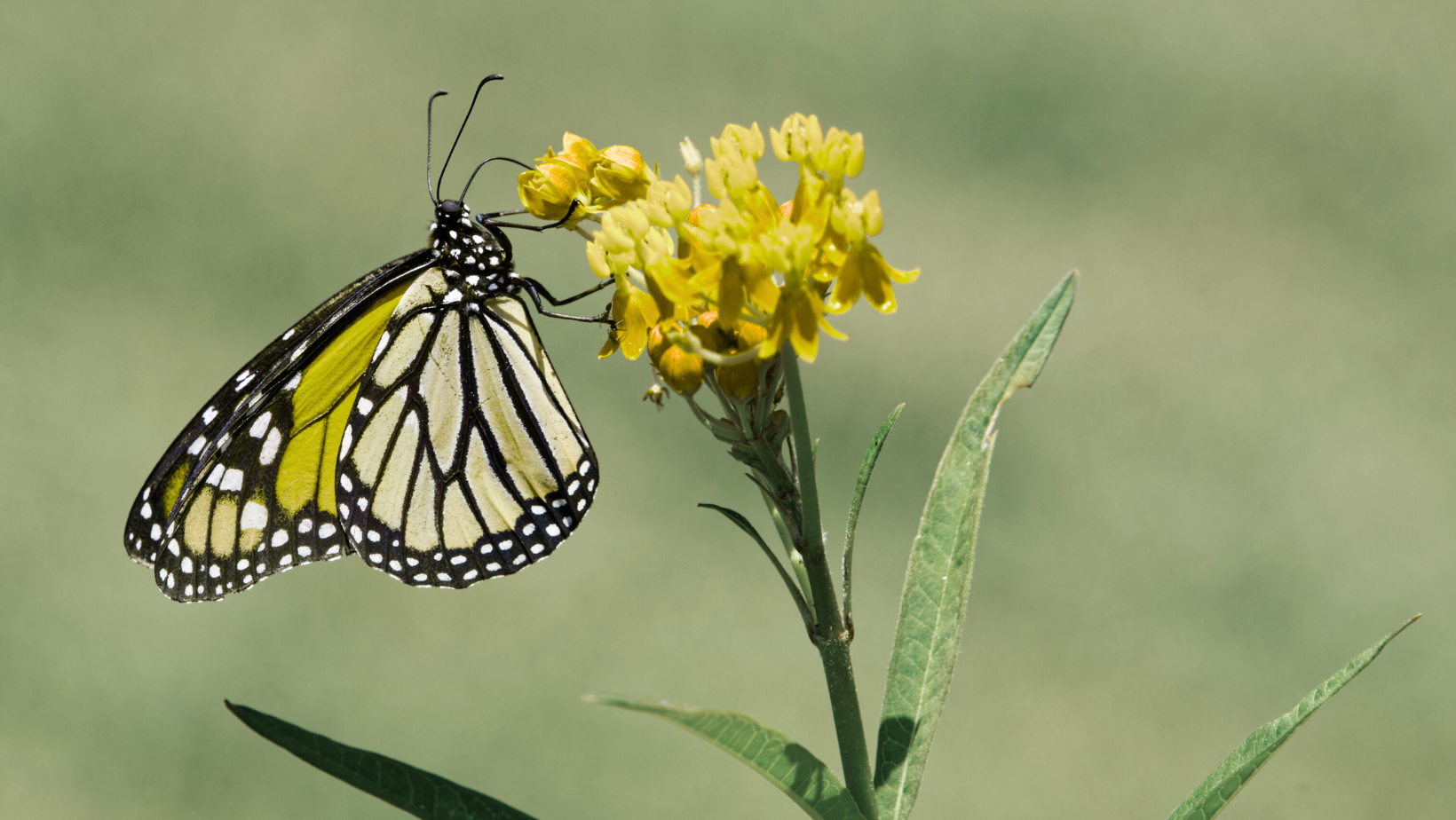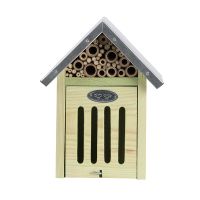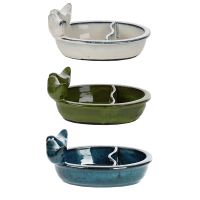How to Attract Pollinators to Your Garden
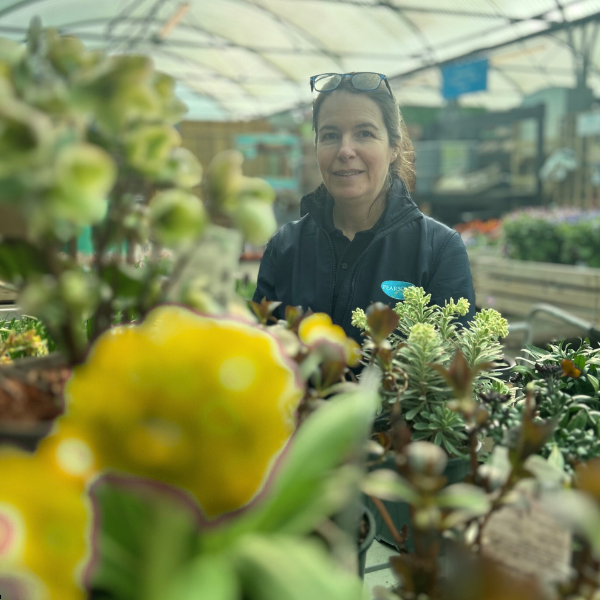
As gardeners here in the south of Scotland, we’re lucky to be surrounded by some of the country’s most beautiful landscapes – rolling hills, hedgerows bursting with life, and gardens that can be true havens for wildlife. One of the most rewarding things you can do in your own garden is make it a welcoming space for pollinators.
Pollinators – including bees, butterflies, moths, hoverflies and even some beetles – play a crucial role in our environment. They help plants reproduce, support biodiversity, and keep the balance of nature in check. Without them, many of the fruits, vegetables and flowers we love would struggle to survive. In fact, it’s estimated that over 75% of flowering plants rely on pollinators in some way [1]. So when we say pollinators are essential, we mean it.
Gardening with pollinators in mind is not only environmentally important – it’s also good for your garden. A pollinator-friendly space will reward you with healthier plants, more abundant blooms, and a garden that’s buzzing with life. Here are a few ways you can encourage pollinators in your garden this season:
Choose pollinator-friendly plants
Opt for a variety of plants that flower at different times throughout the growing season – from early spring to late autumn. This ensures a continuous supply of nectar and pollen. Native species such as foxgloves, comfrey, primroses, wild marjoram, and red clover are excellent choices for southern Scotland. Lavender, alliums, sedum, and buddleia are also favourites among bees and butterflies.
When possible, go for single-flowered varieties rather than doubles. Single flowers tend to be more accessible, allowing pollinators to reach the nectar more easily.
Plant in groups
Bees and other insects are more likely to notice and visit clusters of the same plant rather than single, isolated blooms. Try planting in drifts or clumps to make the most impact.
Avoid pesticides
Chemical pesticides can harm pollinators directly or contaminate the plants they rely on. Instead, use natural alternatives or adopt organic gardening methods. Encouraging natural predators like ladybirds and frogs can also help manage pests without harming beneficial insects.
Create shelter
Pollinators need shelter just as much as they need food. Leave some areas of your garden a little wilder – perhaps a log pile, an undisturbed corner, or a patch of long grass. These provide safe spaces for solitary bees to nest or for butterflies to rest.
You might also consider installing a bee hotel. These small wooden boxes with holes of various sizes can offer a secure home for solitary bee species.
Provide a water source
A shallow dish filled with pebbles and water can offer pollinators a safe place to drink. Just make sure it’s kept clean and topped up, especially during dry spells.
Think seasonally
Some pollinators, like queen bumblebees, emerge as early as February if the weather is mild. Spring flowers like crocus, hellebores and lungwort provide essential early food. In late summer and autumn, plants like sedum, echinacea, and ivy flowers keep the food supply going.
Support local biodiversity
Where possible, plant a mix of native wildflowers and shrubs alongside garden favourites. This helps support a wider range of species and maintains the natural ecosystem of the Borders region.
A little change can make a big difference
You don’t need to rewild your whole garden or give up growing vegetables to help pollinators. Even a small flower bed, a container garden or a window box planted with pollinator-friendly flowers can make a big impact.
If you’d like more advice on choosing the right plants or setting up a bee hotel, pop into the garden centre and ask one of our team. We’re always happy to help you build a garden that gives back to nature.
Did you enjoy this blog? Yes! Why not sign up to our newsletter to be the first to know when our next blog from the garden centre team is live.
[1] https://files.ipbes.net/ipbes-web-prod-public-files/downloads/pdf/individual_chapters_pollination_20170305.pdf
